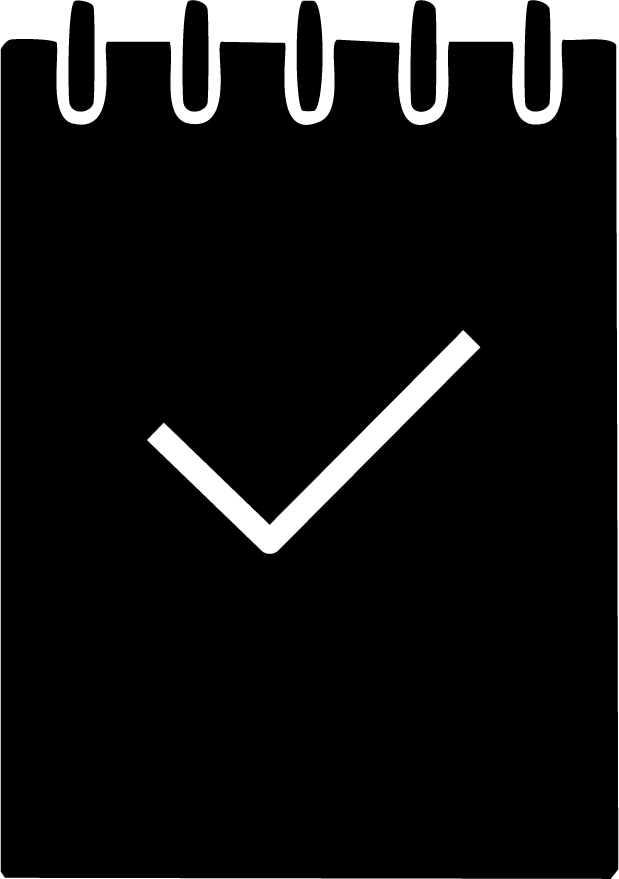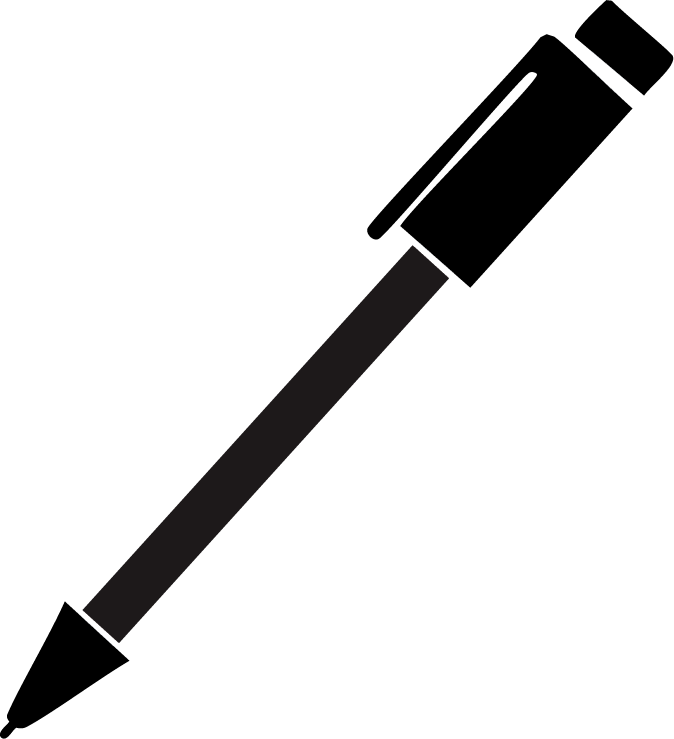How to Transition to Induction Heating for Shrink Fitting
Explore how to upgrade your shrink fitting process with induction heating. Discover the benefits, essential steps, and key considerations when transitioning from traditional methods.

If you’re considering upgrading your shrink fitting process, induction heating offers significant advantages in speed, safety, and long-term cost savings. Whether you’re currently using an oven, a torch, or launching a brand-new product, here’s what you need to know to start the conversation.
What We’ll Ask You First:
- What parts are being shrink fit? (Materials, shapes, and dimensions)
- What’s your current process? (Oven, flame, or manual press?)
- What’s the target temperature?
- What’s your expected cycle time or daily production goal?
- Are there automation requirements or space limitations?
For example, if your current oven process heats 100 parts over six hours, we’ll design an induction system that achieves a similar throughput but with faster cycles and a smaller equipment footprint.
System Customization & Support
Every induction shrink fitting system is customized to your specific application. Once we understand your part specifications and production goals, our engineers will develop a solution that meets your performance and space requirements, whether that’s a benchtop system for small runs or a fully automated line for high-volume production.
CEIA USA offers:
- In-house testing and process validation
- Turnkey system delivery and installation
- Operator training and technical support
- Ongoing service and upgrades
Return on Investment
One of the most common questions we hear: “Why invest in an induction system when I already have a torch or oven?”
The answer lies in the ROI:
- Reduced energy consumption
- Improved safety
- Faster cycle times
- Lower maintenance
- Less shop floor space required
Most customers see ROI within 12 to 18 months, depending on usage and application. Additionally, because induction heating is highly automatable, it can reduce labor costs or reassign workers to higher-value tasks.
Ready to Talk?
If you’re planning to transition to induction or just exploring options, bring us your part drawings, current process details, and production requirements. We’ll help evaluate if induction shrink fitting is the right solution and outline what’s needed to implement it.

